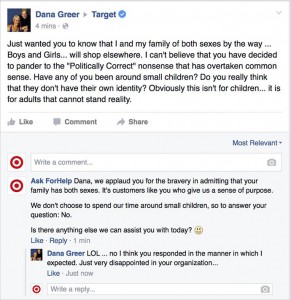Every year March Madness captivates our nation in a way few sporting events to.
With 68 different teams getting to join the action, and fan bases around the country putting life on hold to follow their favorite collegiate basketball teams, the NCAA tournament is advertisers’ dream.
Last year over 95% of the host networks digital and television ad inventory was gobbled up, and the tournament saw over 28.3 million viewers on CBS, TNT, TBS and truTV. Thirty-second television spots on CBS sold for over of $ 1.5 million apiece, nearly three times that of the NBA Championship Series the year before.
The trend of frenzied fandom and huge ad spends was no different for this year’s March Madness, albeit with less viewership than last year.
This year’s national championship saw 17.8 million viewers across TBS, TNT and truTV, more than 10million less than the previous year, according to Nielsen data.
Despite the lower viewership, the New York Times reported “Ad buyers say that CBS and Turner, banking off the success of last year, were able to increase prices by a mid-to-high single-digit percentage ahead of the tournament.”
Marketers relying on paid advertising to reach March Madness audiences missed a huge opportunity to engage fans more authentically.
There has always been debate over the return on investment of huge ad spends around major cultural events like March Madness, the Superbowl, or the Grammys. The reach of these ads is undisputed, but attribution to hard business value is often hard to measure.
The nearly universal adoption of social media gives brands more ways to join conversation around March Madness in more cost effective – and authentic – ways.
While the NCAA broadcast still saw many millions of visitors this year, the social conversation and sharing around the event continued to reach more then 10-50x that.
In short, brands should be developing for engaging and authentic digital campaigns that connect to the NCAA tournament without the need to invest huge sums of capital on paid channels.
Established brands with millions of followers across Facebook, Twitter, Instagram, and Snapchat already have an audience online that trumps that of the expected March Madness TV viewership. It used to be argued that display spend could someday trump broadcast –but social means that argument is obsolete by making the conversation more about organic engagement and less about primetime dollars. What brand wants to spend hundreds of millions to reach the masses when less with do, with better return?
In addition to being cost effective, running social campaigns enables brands to be more real-time and reactive as the drama unfolds. Each tournament develops differently with engaging storylines and Cinderella teams. The “second screen” experience isn’t a new concept, but it’s now playing out in earnest visually across multiple platforms – Instagram, Snapchat, Vine – rather than just via the previously relied upon text of the Twitter feed.
Brands able to adapt with the ongoing conversation have the flexibility to be more relevant and timely than they would in a traditional ad that requires more lead-time to develop. A social “war room” is a start – but accounting for spontaneity that needs to happen around a shifting narrative for fans (Go Washington! Wait, no, go Oklahoma!) Should also be incorporated into strategies.
Moreover, the connection from social platform to commerce transaction encounters much less friction than traditional paid TV ads – consumers are more likely to stay on a device to make a purchase if they’re already engaged, rather than move from TV to phone. One less step means one more acquired customer — giving social easier attribution to ROI and business value.
This March Madness continued to support the shift towards social and away from pricey broadcast spots. To stay front and center with fans and even appeal to a broader audience, brands need to prioritize relevance and timeliness in their marketing; consumers expect it, and react stronger to authentic brand messages.
*Note: This piece was originally published on the Pixlee blog.
Digital & Social Articles on Business 2 Community(54)






